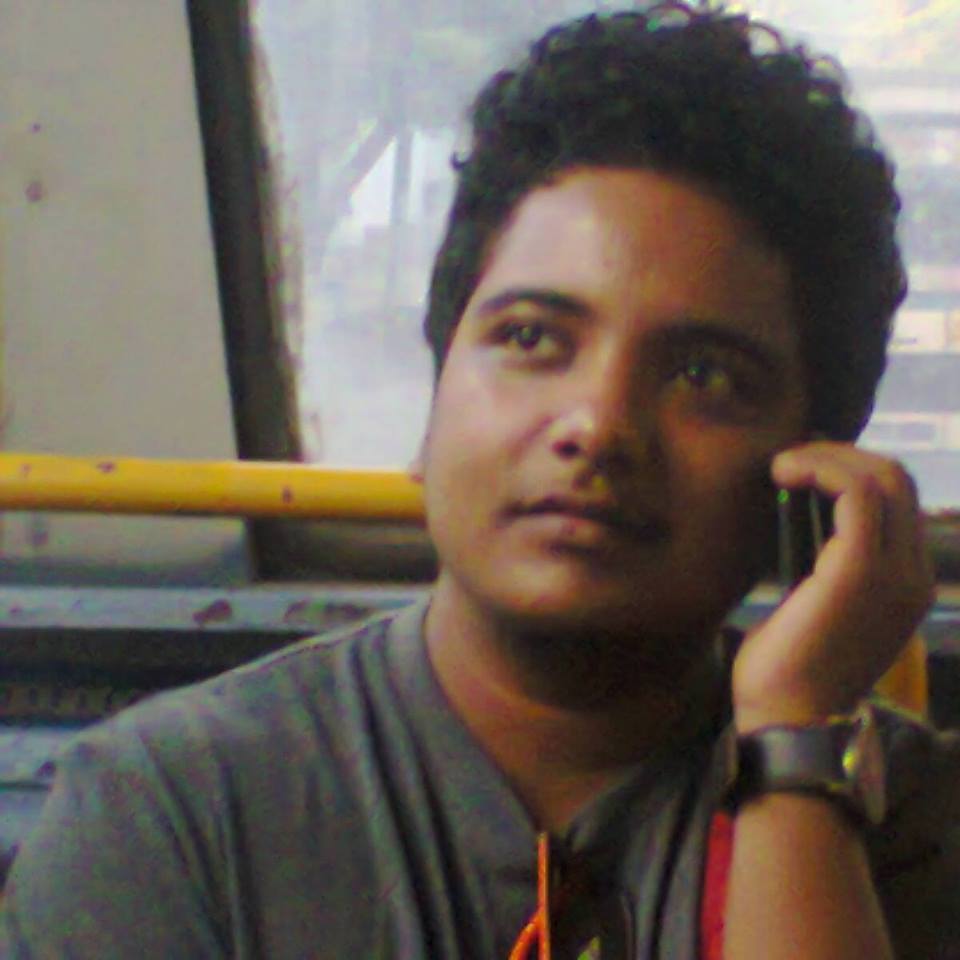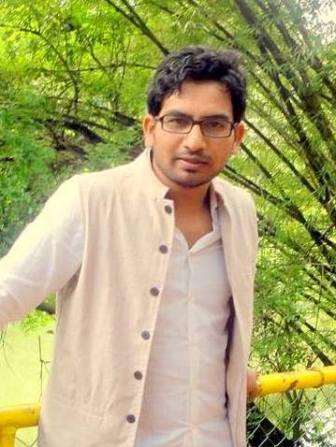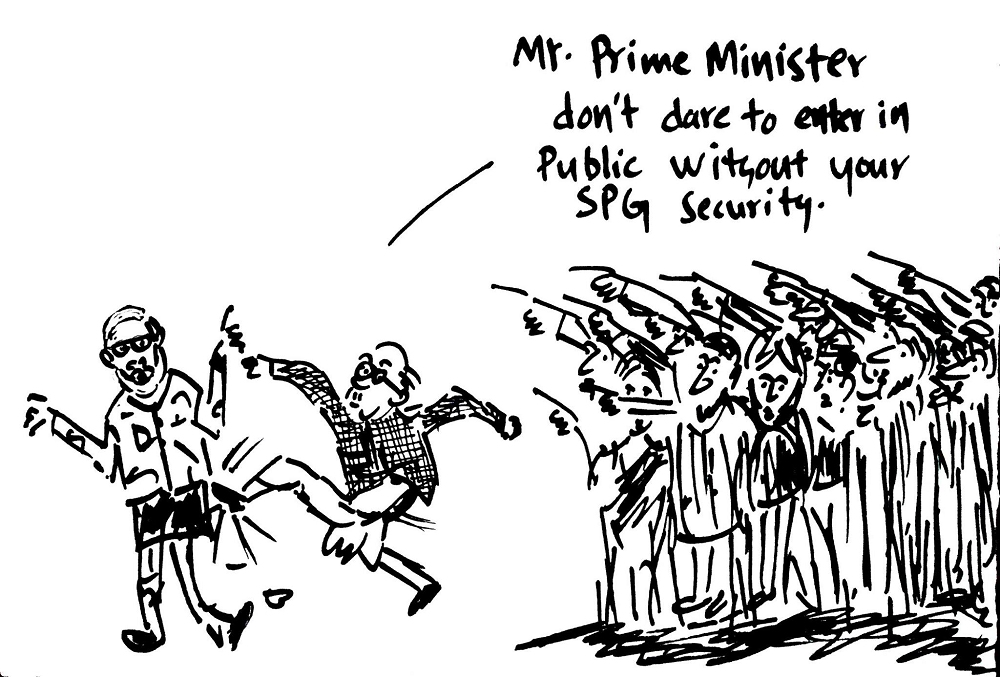Gee Imaan Semmalar
 In Kerala, a new political and cultural assertion is happening amongst Dalit communities, filmmakers and intellectuals that radically questions the deafening mainstream silence and denial of caste. In the field of filmmaking, Rupesh Kumar and Ajith Kumar A.S have emerged as voices who bring power to a certain kind of representational politics. Ajith Kumar’s 3D Stereo Caste interrogates the politics of caste in the field of music. It deals with the exclusion of Dalit musicians from temple festivals, the attitude of savarna musicians towards Dalit musicians, the devaluing of folk forms and the ban on cinematic dance in colleges due to its association with a Dalit subculture that borrows from the symbols of black assertions in the west. Rupesh Kumar has made several films in the past. His most acclaimed one so far has been Don’t be Our Fathers which looks critically at the saviour complex of savarnas towards Dalits, the casteism of mainstream left parties in Kerala, the dynamics of caste in his hometown Peringeel and the lives and aspects of livelihood of Dalits in the area.
In Kerala, a new political and cultural assertion is happening amongst Dalit communities, filmmakers and intellectuals that radically questions the deafening mainstream silence and denial of caste. In the field of filmmaking, Rupesh Kumar and Ajith Kumar A.S have emerged as voices who bring power to a certain kind of representational politics. Ajith Kumar’s 3D Stereo Caste interrogates the politics of caste in the field of music. It deals with the exclusion of Dalit musicians from temple festivals, the attitude of savarna musicians towards Dalit musicians, the devaluing of folk forms and the ban on cinematic dance in colleges due to its association with a Dalit subculture that borrows from the symbols of black assertions in the west. Rupesh Kumar has made several films in the past. His most acclaimed one so far has been Don’t be Our Fathers which looks critically at the saviour complex of savarnas towards Dalits, the casteism of mainstream left parties in Kerala, the dynamics of caste in his hometown Peringeel and the lives and aspects of livelihood of Dalits in the area.
Rupesh Kumar’s latest film Once Upon a Time in an Ocean is a visually brilliant political documentary. It is difficult to pin down what the film is about. Is it about Dalit fishermen? Is it about the political economy of fishing? Is it about the sea? Is it about the politics of solidarity amongst oppressed sections and the commonality of experiences amongst them? When I asked him why he chose to shoot this particular community, he said, “I wanted to make a film about the sea. To make a film about the sea without the people who love it and live off what it gives them, is impossible. To shoot the sea, you have to shoot the fishermen, the boats, the machines and how they fish because this is all part of the sea”.
The film begins with Dalit fishermen talking about bravery as the quality required to go out into the sea to do this work. There are shots of the sea, the boat, the fishermen in it, the machines working etc to show the harmony of fishing when done on a small scale. Rupesh wants to, through such shots, break the binary between the machines and nature which he says is a falsely created binary. Shan talks about the media stereotypes of fishing communities and the violence that DYFI union workers perpetrated on a fisher woman named Rajamma for not selling them fish at a lower price. This is the only portion in which we hear the narrative of a Dalit woman engaged in selling fish. Women are conspicuous by their absence in both the crew as well as the fisherfolk shot in the film. Is this exclusion justified by a budgetary constraint which Rupesh points out as the reason for it?

The monetary issues that Dalit filmmaker face due to systemic exclusion and lack of support is indeed, a political issue. It would have however, been better to not have articulated at all then, through a third person who is a Muslim male and very much outside the fishing community, the experience of a Dalit fisherwoman and the violence she faces. Is the erasure of the most visible face in the political economy of fishing, the Dalit fisherwoman who sits in the market or sells fish in a basket she carries around, justifiable? The place they have shot this film, is not named in the film, making it a universal story about fishermen who can be from any part of Kerala. It is however common knowledge that the particularities of geography, which political parties are in power there, what the climate is like, their history in that place, the other caste groups living in the area, the numerical proportion of these groups and many other such factors play a huge role in shaping the vulnerabilities and strengths of a community in a certain place.
The other impression that the film gives though the interviews of Shan and Sunil is that oppressed sections will come together in brotherhood to fight against injustice. While this is a political necessity and dream for a lot of us, it is also to a certain extent, a naive idea. The film highlights the identity of Dalit christians but when it comes to Muslims, it erases the caste identity. Is there no caste among Muslims in Kerala? Who then were the Muslims killed in Beemapalli in 2009? Shan talks about the Beemapalli firing but mentions only the brutal murder of 16 year old Feroz by the police. I felt like it was a golden window in the film to take about the issues of Dalit Muslims, the fact that the firing took place not when a protest was going on but when they were doing their daily work on the beach, the fact that Feroz was playing cricket when he was killed, the islamophobic and casteist stereotyping of the Beemapalli Dalit fishing community as having links with terrorism, black markets, communalism, the collusion of the police and the justice system in the massacre, the politics of secularisation of politics by communalising the Dalit Muslims in this firing, the demand of reservations by Dalit Muslims etc. In this incident, the Indian Union Muslim League and Jamaat-e-Islami were unable to take public stands condemning the firing due to many reasons. This does not show lack of solidarity but the vulnerabilities of oppressed groups which might make it impossible for them to be vocal about certain issues for fear of backlash.

There are many shots of the film crew sleeping on the deck and also watching the fishermen work. These to me, are the most political shots in the film. Unlike white filmmakers or savarna filmmakers who have a tendency to either erase their presence by not placing themselves in front of the camera or worse, by showing themselves “helping” the fishermen, the film crew in this film are shown to be complete outsiders. They are easily identifiable on the boat by their clothes and the way they stay out of the work of the fishermen. It is politically important to show the distance between Rupesh, a Dalit filmmaker and teacher (visually articulated on screen through a university t shirt he wears) and the Dalit fishermen and this is done through these shots. The skills required for fishing at sea are very specific and cannot be done by everybody. It is casteism that is responsible for devaluing skilled, productive labour like fishing and valuing unproductive labour like being a pujari in a temple. At the end, Danny responds to a question we never hear on camera being asked, “No, we did not face any difficulty because of your presence, not in terms of food or anything else. Today we did whatever we do on the boat any other day”. It is doubtful whether a savarna or white filmmaker would ever have the political sense or sensitivity to ask such a question on or off camera.
Most of us have heard in school, teachers tell a noisy class, “Don’t behave like you are in a fish market”. I know I have. This is one of the earliest casteist stereotypes that are planted in our heads about fisher people. That they are dirty, uncouth, loud, uncivilised and hence not to be emulated. To be disciplined and be good children is to distance yourself as much as you can from the fish market! What an illogical, casteist thing to say to impressionable little kids! This is precisely the kind of casteist portrayal of the Dalit fishing community that Rupesh seeks to challenge with his film. There are romantic shots of the sea, the shrimps, the fish, the boat, the fishermen and also an attempt to go beyond that and de-romanticise the picture with an account of the risks taken, the losses incurred, the hardships faced. But as Sunil says at one point in the film, fishermen are artists. They know the moods and emotions of the sea. The visual brilliance of the film makes you want to be part of the fishermen on the boat at sea. A far cry from distancing yourself as you are told to do. The politics of the film is more in the visuals and how they are shot than in the depth of the content.

In many places, one does feel that many political questions are left unaddressed. Some of the questions that came to my mind were – what is the caste of the fishermen, the history of conversion in the area, the interaction and relationship with other caste groups, what is the economy of fishing, do they earn daily wages or is it a co-operative where the profits are equally shared amongst them, who owns the boat/s, what are the changes they have noticed in their work at sea, are there fewer fishes due to large scale trawling, where are the fisherwomen, do women make the fishing nets, are there many castes of Dalits among them or just one, is there a move outside this occupation in the younger generations, what do they do outside of their profession, what are their living conditions like, are there songs they sing while going fishing etc. While it might not be fair to expect a film to satisfy the eagerness of an enthusiastic viewer to know all these details, I did feel like that the film seductively teases the audience with beautiful visuals and leaves us hungry for more content.
When I asked Rupesh Kumar what the purpose of his filmmaking is, he said, “It is through the visual medium that I speak. I have tried to represent through film, to speak about various things and have ended up representing, misrepresenting, communicating, mis-communicating etc”. Rupesh Kumar, Nagraj Manjule, Ajith Kumar and many more Dalit filmmakers are ushering in a new cultural revolution in media and they are not burdened by expectations of conventional form, style or content. Their art is a challenge to the hegemony of media representation by savarnas, of savarnas and for savarnas. They are not pushing from the peripheries for inclusion. They are creating a new centre through an ambedkarite resistance and democratisation of media. I wish them success and write in solidarity, hoping more ambedkarites join the resistance.
~
Please watch the film’s promo here:
{youtube}P5W88aSL_Ng{/youtube}
~~~
Gee Imaan Semmalar is a savarna, ambedkarite trans man and a student of anti-caste politics.










